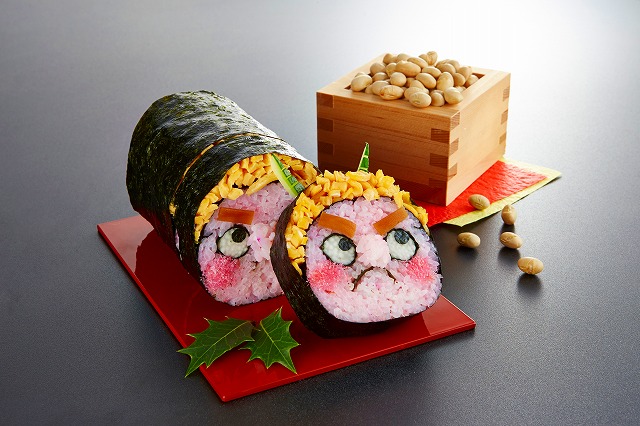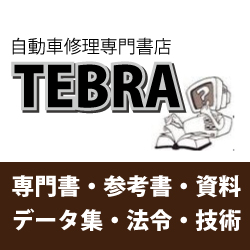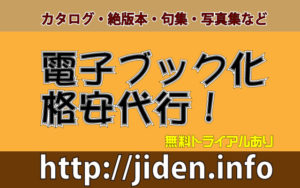
節分とは、文字通り「季節の分かれ目」を意味し、かつては春夏秋冬の各季節の始まりを指していました。しかし、今日では特に立春の前日、つまり春を迎える日として広く認識されています。この日、日本中の家庭や神社では、古くからの習慣に従い、豆まきを行い、邪気を払い福を呼び込む儀式を実施します。
豆まきの由来は、豆が生命力の象徴とされ、悪霊や病魔を払う力があるとされたことにあります。家族が「鬼は外!福は内!」と唱えながら、福豆として知られる焼き豆を家の中や外にまきます。この行為は、家族の健康と幸福を祈り、新たな年の良いスタートを切るためのものです。
この豊かな伝統は、日本の各地で異なる形で祝われます。例えば、関西地方では、特に恵方巻の習慣が盛んで、スーパーマーケットやコンビニエンスストアでもさまざまな種類の恵方巻が販売されます。
恵方巻は、節分に向かう特定の方角(恵方)を向いて、無言で太巻きを丸ごと一本食べるという習慣です。この方角は毎年変わり、その年の幸運を引き寄せるとされています。恵方巻きを食べる際は、願い事を心に思い浮かべながら食べるのが一般的です。
一方、東京やその他の地域では、豆まきがより重視され、地域の神社で大規模な豆まきイベントが開催されることもあります。
また、多くの幼稚園や小学校では、節分の行事が行われ、子どもたちが鬼の役をしたり、豆をまいたりすることで、日本の伝統を学びます。このように、節分は子どもから大人まで、全世代が楽しむことができる行事であり、日本文化を体験する絶好の機会と言えるでしょう。
節分の風習は、ただの迷信や古い習慣として片付けられがちですが、その背景には家族の絆を深め、一年の健康と幸福を願う日本人の心があります。この日は、忙しい日常から一歩離れ、家族や友人との時間を大切にし、心新たに一年をスタートする絶好の機会です。
(ChatGPT 勝爺)2024-02
Setsubun literally means "separation of seasons," and used to refer to the beginning of each season: spring, summer, fall, and winter. However, today it is especially widely recognized as the day before the first day of spring, or the day that welcomes spring. On this day, families and shrines across Japan hold bean-throwing rituals to ward off evil spirits and bring in good fortune, according to ancient customs.
The origin of bean-throwing is that beans are a symbol of life force and are said to have the power to ward off evil spirits and diseases. Families scatter baked beans, known as fukumame, inside and outside their homes while chanting, "Oni wa outside! Fuku wa inside!" This act is to pray for the health and happiness of the family and to get the new year off to a good start.
This rich tradition is celebrated in different ways in different parts of Japan. For example, in the Kansai region, the custom of making ehomaki is especially popular, and various types of ehomaki are sold at supermarkets and convenience stores.
Ehomaki is the custom of eating a whole futomaki roll in silence while facing a specific direction (eho) towards Setsubun. This direction changes every year and is said to bring good luck for the year. When eating ehomaki, it is common to eat while thinking of your wish.
On the other hand, in Tokyo and other regions, there is more emphasis on bean-throwing, and large-scale bean-throwing events are sometimes held at local shrines.
In addition, many kindergartens and elementary schools hold Setsubun events, where children learn about Japanese traditions by playing the role of demons and throwing beans. In this way, Setsubun is an event that can be enjoyed by all generations, from children to adults, and can be said to be a great opportunity to experience Japanese culture.
The custom of Setsubun is often dismissed as mere superstition or old custom, but behind it lies the Japanese spirit of deepening family bonds and wishing for health and happiness throughout the year. This day is the perfect opportunity to take a step back from your busy daily life, cherish time with family and friends, and start the year with a fresh mindset.




